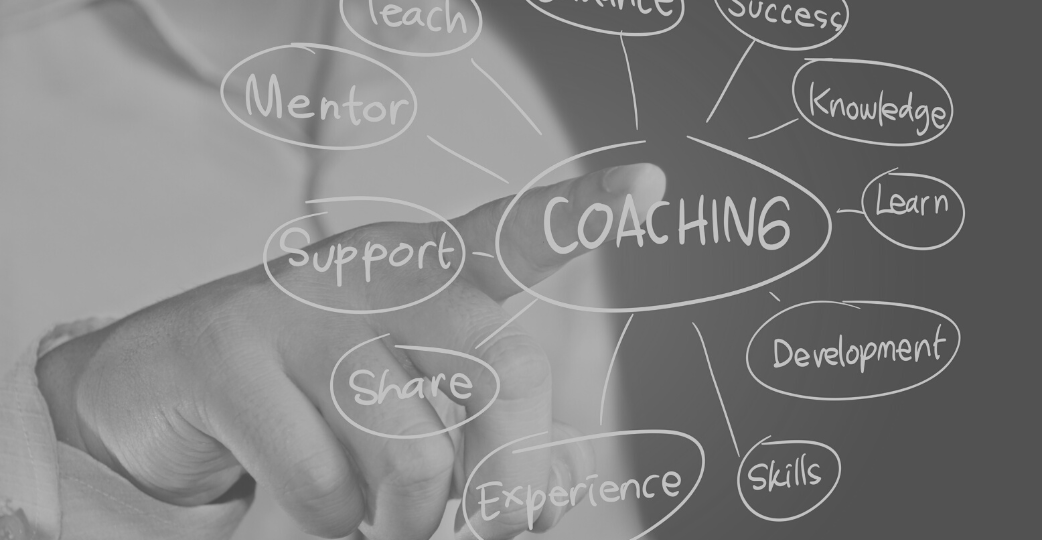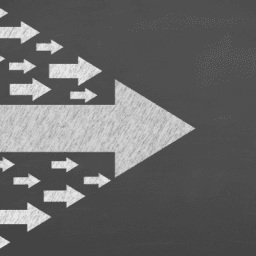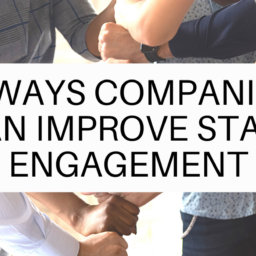
Coaching has been a part of elite sports since the start, but executive coaching has taken time to be recognised as a requirement.
The Inner Game pioneered the idea of performance coaching. Since then, the coaching industry has grown considerably and is now valued at $10 billion worldwide.
Successful leadership requires people to take greater personal responsibility for their lives to get the best out of themselves and those around them. Executive coaching is different from mentoring, consulting, or training since it focuses on assisting individuals in discovering the resources inside themselves to make long-lasting changes.
Although external coaching might appear to be a similar concept, it is, in fact, quite different. Executive coaching helps senior leaders discover the tools inside themselves to achieve long-term change, and this distinguishes it from mentoring, consulting, and training.
In What Ways Can A professional coach help?
Senior leadership coaching enables individuals to access the resources within themselves to produce long-term change. It can substantially improve a leader’s performance and accelerate people along their path. Because coaching is solely concerned with an individual’s aspirations, limitations, and obstructions, it is the most rapid and efficient type of leadership development. I like to place emphasis on developing self-leadership as a thought process.
Developing a leader’s potential might include:
- Sharpening personal self-leadership abilities.
- Establishing better objectives.
- Reaching outcomes faster.
- Making better decisions.
- Enhancing communication and relationships.
Engaged leaders are likely to experience the following enhancements when executive coaching is provided to them:
Sharpening personal self-leadership abilities
Coaching recipients and their teams become more motivated and committed
In the business, ownership, empowerment, and creativity are being unleashed
Stress management and conflict resolution
Retention of key employees and high employee engagement
Assisting teams and individuals in implementing organisational change
More agility and collaboration from teams lead to greater efficiency
Confidence in oneself, belief in oneself, and enjoyment of oneself
What is the purpose of an executive coach?
A professional coach can help any leader by providing a quick-track development program, regardless of sector or location. Coaching is customised to the individual’s demands and objectives and is frequently employed to optimise personal influence and performance.
Coachings for one-to-one support are particularly helpful in situations where a leader may be confronted with a new or difficult circumstance for them or their team or organisation.
Executive coaching: when to use it?
Executive coaching may be used any time during a leader or manager’s career to improve their effect and performance. Coaching is a process of assisting high-potential leaders in reaching their full potential. By encouraging the leader to make structural modifications, coaching may help you reach your goals more quickly by reducing the period of transition and change. Coaching is used to assist the leader in enacting change, such as a pay raise, a job transfer to a new career or project, or adopting an innovative technique. It can also help them in leading and successfully managing the transition.
Being alone at the top
It is further suggested that middle-level management may be isolated. An executive coach, for example, may serve as an impartial and unbiased sounding board for senior and executive managers by providing them with tough love they might not get from inside their company. I have spoken about loneliness and leaders here.
Talent development
Coaching has sometimes been referred to as “rescuing” underperforming leaders. The practice of employing coaches in organisations has grown, and it is now seen as a good: to reward, retain, and develop key talent in order to establish the critical leadership succession pipeline, investing in coaching is considered a strategy.
Programs for support
Coaching can also be provided as a component of a leadership development program. Leaders who have just received training might benefit from receiving coaching afterwards to assess what they’ve learned and establish objectives to put their new abilities into practice on a regular basis.
Coaching may assist a leader in excelling on a particular or unique project while also optimising the learning and new behaviours they acquire from it.
This is what one of my coaching clients noted.
Together we elaborated the best strategies in terms of sleep, nutrition, physical activity, mental energy and recovery. With his coaching I could break my own limits, reach new levels of performance, on both personal and professional perspectives, and ultimately live a much better and happier life
A coach is more than a coach.
According to a recent poll by The Conference Board, the use of coaching is on the rise. They learned that businesses now consider coaching more than just a benefit for their top management level; they want their entire workforce, including entry-level employees, to profit from inside, peer, and leadership training.
Describe how executive coaching works?
The ability to lead others effectively is a rare and precious gift. The most satisfactory coaching raises the leader far above the expectations of their capabilities, allowing them to see new horizons. It is a collaborative partnership based on the coach’s confidence in the leader’s potential rather than concerns with the leader.
High performance can be achieved through coaching by increasing the leader’s awareness and encouraging them to take action. Coaches utilise strong question-asking, active listening, coaching techniques and different models.
An executive coaching engagement best practice
Executive coaching is an intensive, time-consuming process that generally includes all of the above components. Executive coaching typically lasts 9 to 12 sessions across 6 to 9 months and involves several sessions over a more extended period of time.
This is why a leader may try out new methods and behaviours they’ve committed to in previous sessions during the gap between sessions, then debrief and build on it in the following session. Over the long term, both types of coaching may be used.
In the meantime, though, face-to-face and virtual sessions can be done.
Choosing the right coach
Finding the correct coach is crucial. Before selecting coach profiles, a competent coaching service will work with each leader to verify that their demands and objectives are understood. Before establishing relationships, it’s a good idea for a leader and coach to hold a little “discovery meeting.”
Measurement and benchmarking
Before and after a coaching session, the coach and leader may determine to benchmark the leader’s performance. 360 feedback, a diagnostic, or the coach observing the leader in action can all be used to gather data.
It also offers insight into the coach’s behaviour, the organisation, and the bottom line (depending on the function of the coach).
Executive coaching enables businesses to evaluate the benefits and return on investment (ROI) of management consulting. Executive coaching is regarded as the “holy grail” of counselling because it allows companies to assess the impact of their investment and demonstrate why they need it.
Summary
Executive coaching, in my opinion, needs to be part of a senior leader’s development programme. Coaching should be added to technical and leadership pathways to enable the leaders to optimise. I love to talk to senior leaders about the challenge that there are going through.









